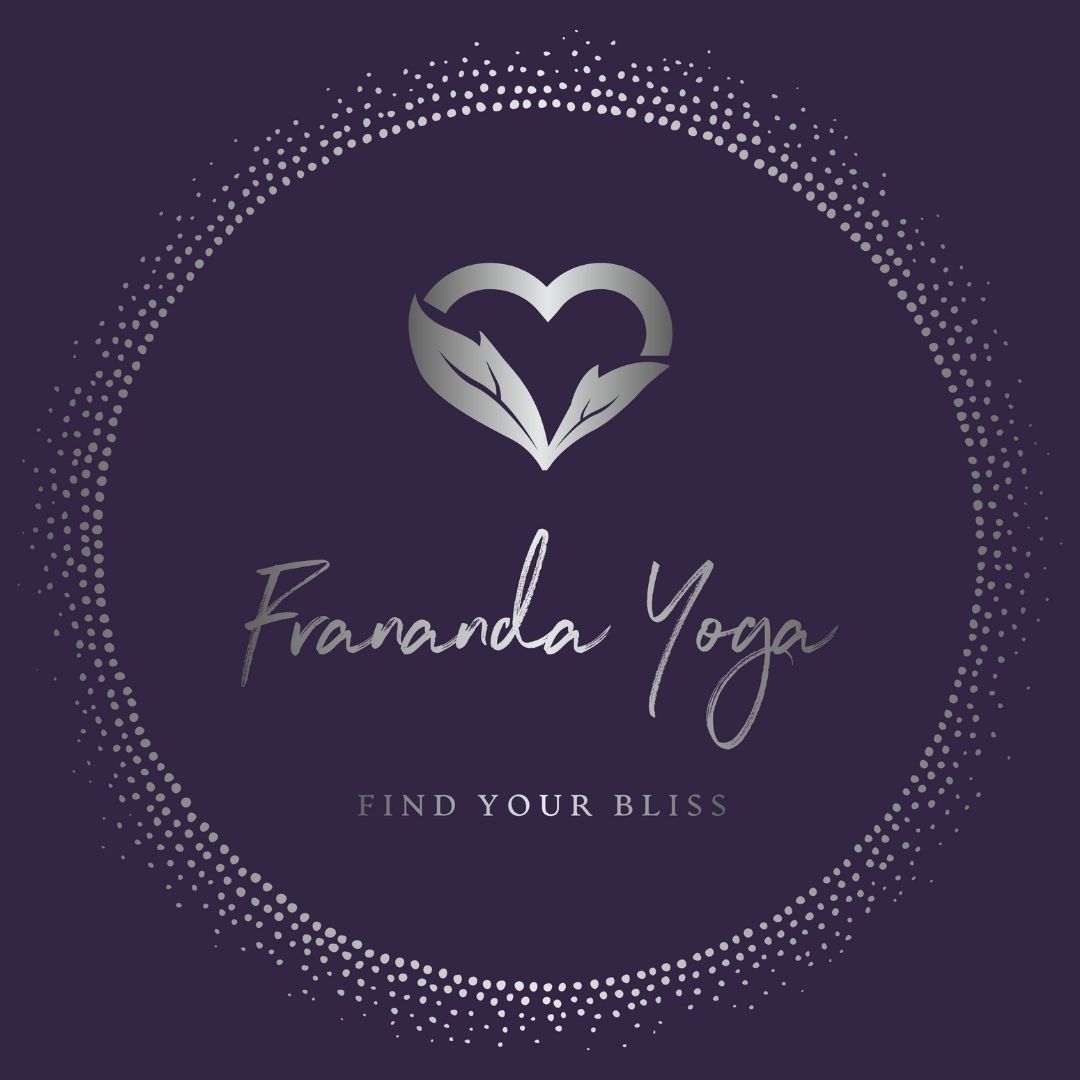The Mind, Body and Breath as One:
What a yoga practice should include

The mind is the King of the senses but the breath is the King of the mind.
– Hatha Yoga Pradipika

Body, mind and breath. These three elements are often talked about in yoga. But what are they really? and how can we express this in our practice?
This blog will go through each of these three areas of the body, mind and breath and what a yoga practice should do to include these elements in a way that comes accross as authentic and meaningful.
The Body
The body needs to be ready before the mind can be ready, so in our yoga practice, we focus on the body first. This is practicularly true in the Western part of the world, where yoga is ever-increasing in popularity. It is often linked to exercise and physical fitness too. What is important to note, however, is that Yoga is not just simply another exercise routine. It is a practice, that when done earnestly and meaningfully can be increadibly rewarding on a much deeper level then the post-gym, short-lived high.
Yoga originally was actually just one pose – the seated meditation pose we often see hindu deities and buddhist statues positioned in. Out in the East, where yoga began, guru and student would sit together in quiet contemplation, exploring the meaning of yoga through a more meditative practice.
It wasn’t until Patanjali, the first guru to lay down the teachings of yoga in what we now call the Yoga Sutras, who realised that actually it’s really hard to sit still if the body is not ready to sit still. From this idea came the asanas – or poses!
By moving, stretching and twisting the body, we can prepare the body for the subtler and deeper practices of yoga meditation.
Related: Try this yoga sequence for runners before your next run


The Mind
Once the body is ready, we can then focus on the mind. Anyone who has tried to sit still in queist contemplation will have noticed that the mind will often come up with inventive ways to distract us from our practice.
When this happens, we often try to resist the distracting thoughts that come – which ends up making things harder and more difficult!
Allow your thoughts to settle for a moment, and try to observe them without getting caught up in their narrative – almost as if they are a story happening in front of you rather than to you. Then when they start to fade, allow them to go.
The mind is the hardest part of a yoga practice, so don’t give up too soon and stick with it. Remember that if you can’t let it go, then sit with it and let it be.
“If you cant let it go, let it be”.
The Breath
The breath is the most important part of a yoga practice. Without the breath, we are not present in the moment, as we cannot breathe in the past, nor the future.
The breath is the bridge from the physical body to the metaphysical mind. It connects one to the other, allowing us to control our movements, emotions and feelings. Notice that I didn’t include thoughts in that list; we cannot control our thoughts, and trying to do so often leads to intrusive and unwanted thoughts (for example, try not to think of a horse – I bet the first thing your mind did was picture a horse!)
However, by controlling our breath, we can learn to control our reactions to our thoughts.
Pranayama (special breathing) techniques in yoga help us to control the breath and prepare the body for meditation or more subtler yoga practices, such as Yoga Nidra.


What a yoga practice should include
A good yoga practice should include pranayama (breathwork), asana (poses and movement) and savasana (relaxation), which relate to our three elements of body, mind and breath.
Pranayama (special breathing) is a practice in which we learn to control the breath. Control of the breath will lead to control of the mind.
Asana (poses) are what we are often already doing when we attend a physical yoga class. However, just putting your body into different shapes doesn’t make it yoga! Being present and incorporating the other two elements of mind and breath will enrich and deepen your practice.
Savasana (relaxation/ corpse pose) is that part at the end of yoga class when we get to lie down and do nothing, right? Well actually, many yoga teachers would argue that this is one of the hardest poses in yoga. As soon as the body is still, this is often when the mind wakes up and goes “Hey! what’s for dinner? Did you make the kids their lunch for tomorrow yet? Have you left the washing machine on?” Savasana is a life-long practice of observing these thoughts and simply letting them come and go.
Related: Why not try your next Frananda Yoga class today? View the schedule
My Hatha Yoga classes incorporate a range of pranayama, asana and always
include savasana at the end of a class.
For more information on what I offer in my yoga classes see the group classes page.


